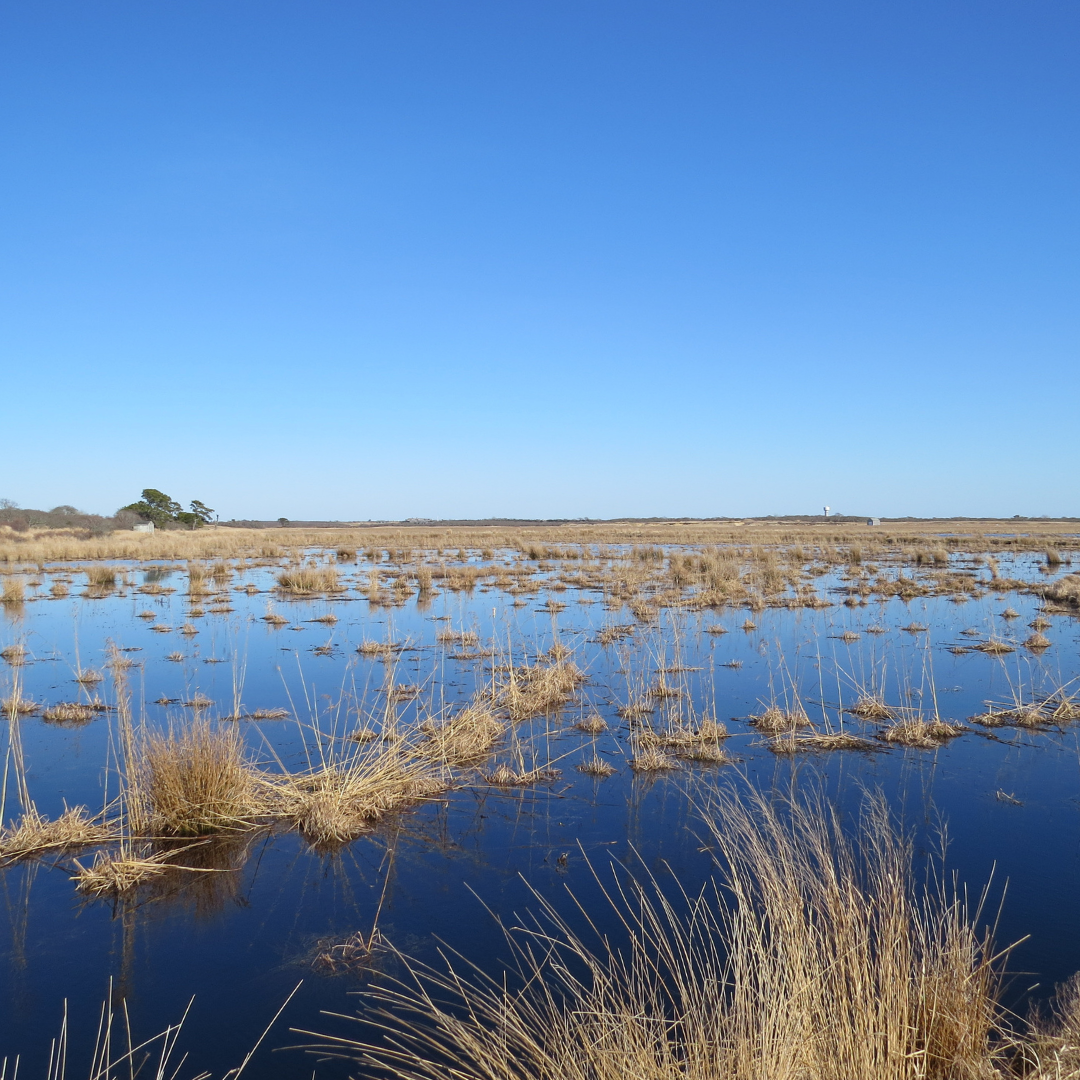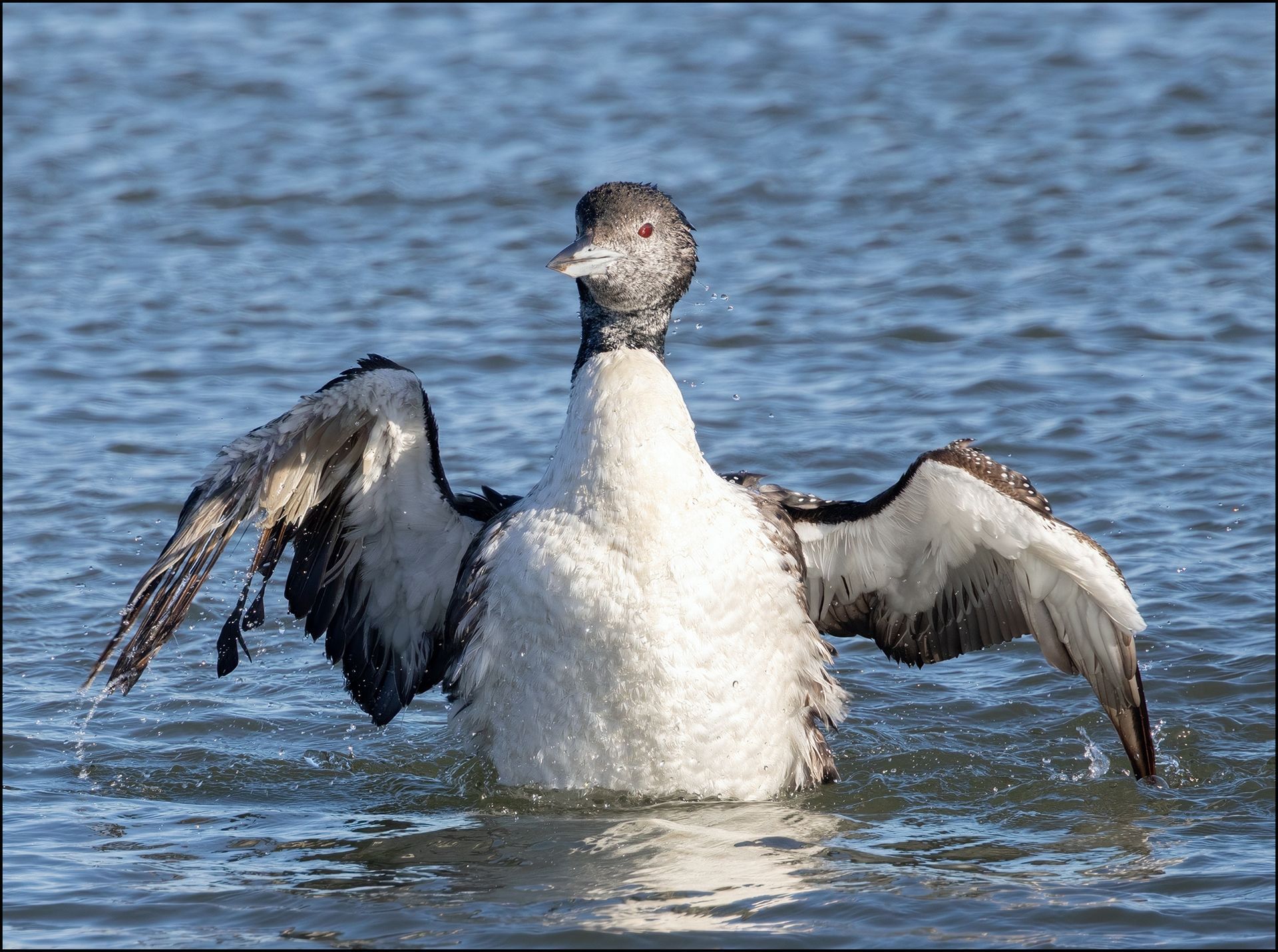Keep Calm and Bird On: April 2021
“If you don’t look, you don’t see. You have to go and look.”
-Edith Andrews
The Nantucket Conservation Foundation’s Milestone Bog property (see below), off Milestone Road, is a great place for early spring birding. With shallow wetlands interspersed with dry paths and bordered with both dry grassland and small wooded areas, it gives a great mix of habitats in a relatively small space.
Waterfowl such as Wood Duck, Northern Shoveler, Northern Pintail, and Green-winged Teal have been found lurking in the wet impoundments. There, tall grasses, and the shelter of the dikes that provide access, give wildlife a chance to rest and feed. Shorebirds such as Greater Yellow-legs, Pectoral Sandpiper, and Short-billed or even Long-billed Dowitcher use both the edges and the low spots. Binoculars are a necessity to identify these skittish birds; a telescope is even better, as the less disturbance there is, the happier the birdlife.
Northern Harrier, American Kestrel, Merlin, and Common Raven have also been seen here. Both Kestrels and Merlins have sometimes nested in the vicinity.
In upland areas, Eastern Meadowlarks have been seen. American Pipits have been discovered regularly, and it’s a great place to put Savannah Sparrow on your list. These stripy, short-tailed sparrows look a lot like Song Sparrows, so it’s a good introduction to looking at—and listening for—the subtle differences that make sparrow ID both initially frustrating and ultimately rewarding.
The buzzy, more insect-like song of the Savannah Sparrow is a good place to start tuning your ear for the differences. Song Sparrows have a lighter, more melodic song, and a larger repertoire. Savanna Sparrows, once they learn their song from their father, pretty much stick with it. Song Sparrows on the other hand, take a jazzier approach, tossing their tunes back and forth, adding variations. Listening in early spring, before the dawn chorus becomes too overwhelming, is a good place to start.
Recent Posts





